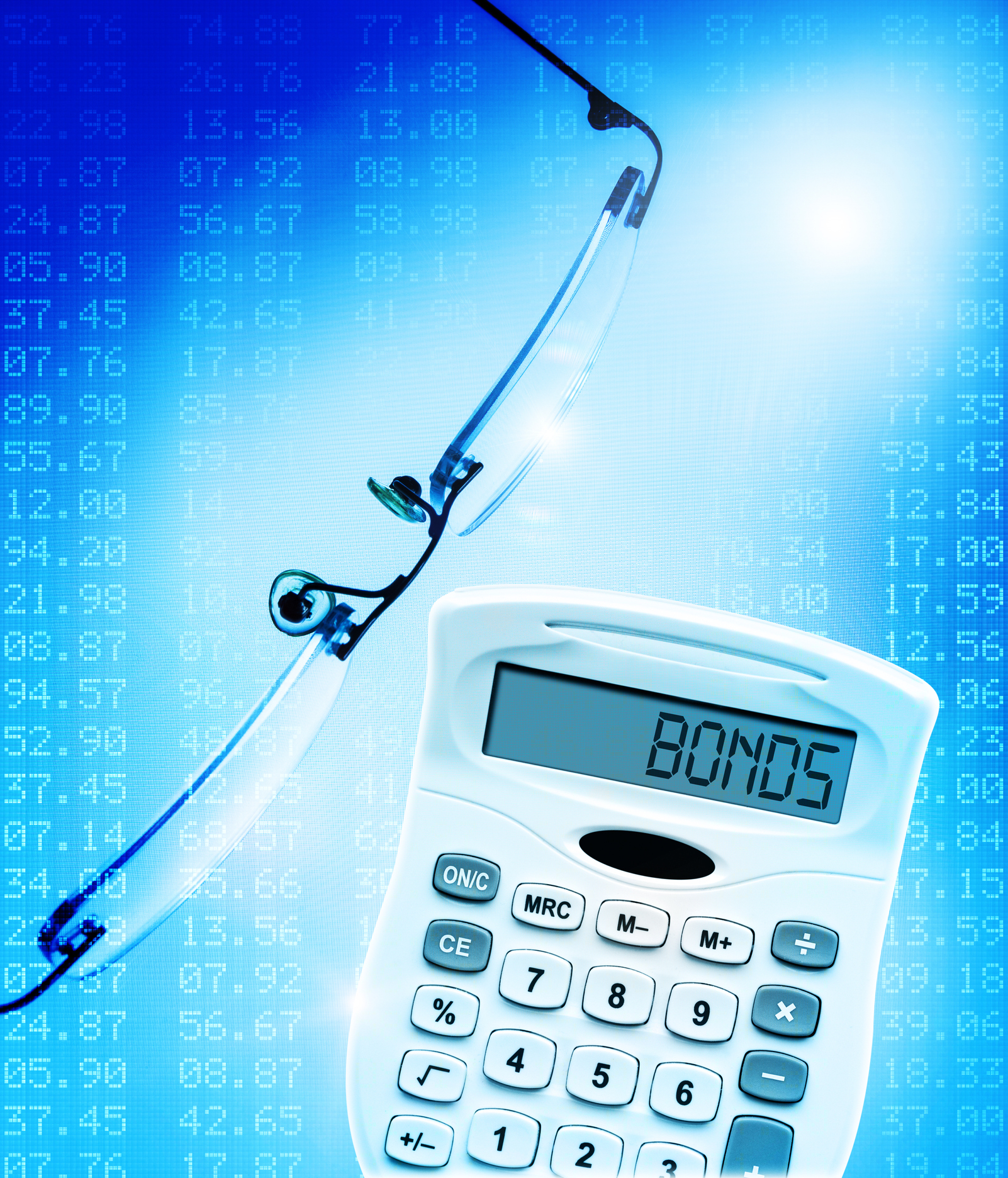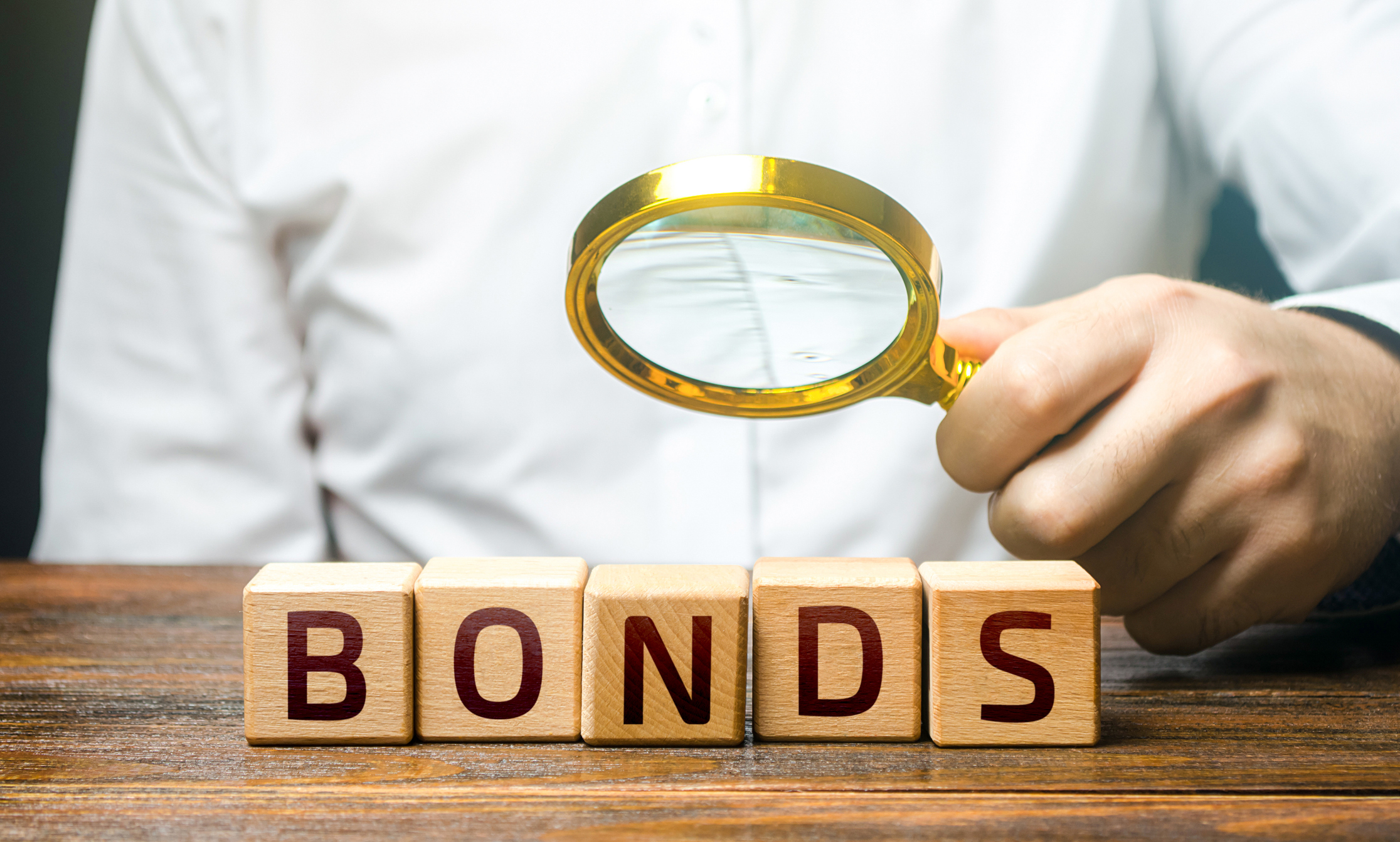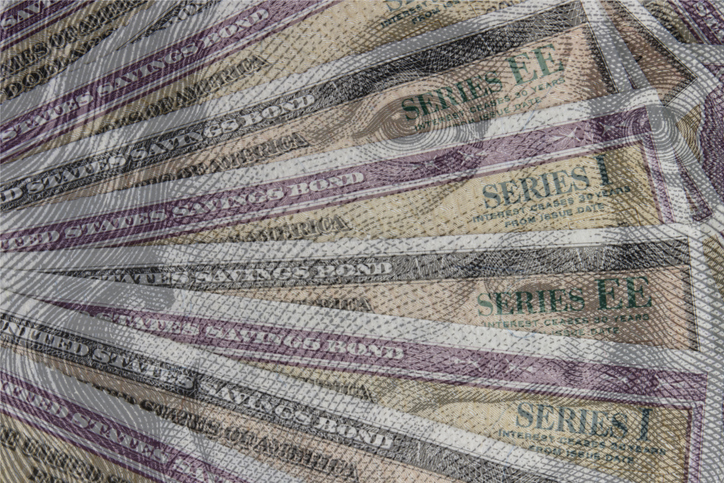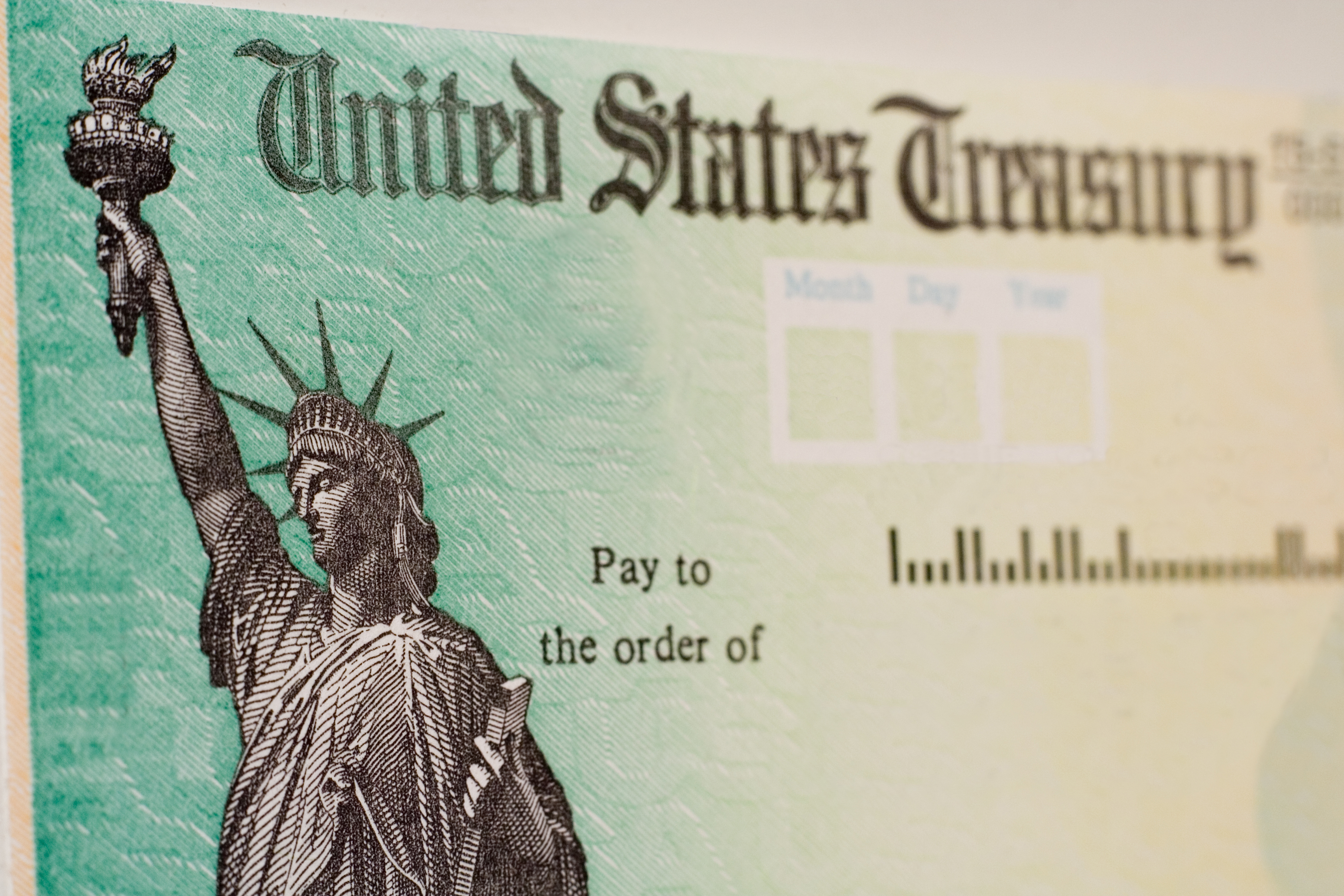Junk Bonds Are Anything But
It is time for high-yield skeptics to concede that the rewards from junk bonds trounce the perceived risks.


Were high-yield corporate bonds a sports franchise, I could honestly deem them a dynasty. I downloaded the Callan Periodic Table of Fixed Income Index Returns, that multicolor matrix of annual results by subcategory. Callan tracks debt classes from one-year Treasury bills to emerging-markets securities. Starting in 2003, the high-yield-bond sector placed first or second 10 times – including in 2023, with the category up more than 9% through November 30. Nothing else has nearly as many gold and silver medals.
High-yield bonds also regularly outgain diversified bond indexes by staggering margins. The SPDR Bloomberg High Yield ETF (JNK) has a 15-year annualized return of 8.0%, compared with 2.6% for the Vanguard Total Bond Market Index Fund (BND). That covers a period that before 2022 was the best run for bonds in my 45-year career. And the SPDR ETF tracks an index.
Actively managed entries such as Fidelity Capital & Income (FAGIX), Hotchkis & Wiley High Yield (HWHAX), PGIM High Yield (PBHAX) and T. Rowe Price High Yield (PRHYX) show markedly better results consistently; analysts and managers in this field are experienced specialists who are diligent to a fault. (Bond funds I like are in bold.)

Sign up for Kiplinger’s Free E-Newsletters
Profit and prosper with the best of expert advice on investing, taxes, retirement, personal finance and more - straight to your e-mail.
Profit and prosper with the best of expert advice - straight to your e-mail.
I joshed with Dan DeYoung, comanager of another long-term exemplar, Columbia High Yield (INEAX), that the 1980s-vintage moniker "junk" is obsolete. "Well, the market in general is much higher quality than 15 or 20 years ago," says DeYoung, who entered the sector straight out of college 20 years ago and has seen it evolve from madness to "real companies with $1 billion of earnings." Jeff Schulze, of ClearBridge Investments, echoes this: "To your point, it is a lot less junky."
It is time for high-yield skeptics to concede that rewards here trounce perceived risks. The risk of defaults is exaggerated. Outside of the 2008 financial crisis and the 2020 COVID shutdown, long-running default rates run about 2%, which barely nick the performance advantage. And when a borrower does skip out, bond-holders normally recover a third to half their principal anyway. Stockholders suffer worse.
Interest rate movements are another plus. Rising rates can clobber Treasuries and lower-coupon corporates but sometimes help the high-yield sector if the impetus for the rate action is economic vigor; 2023 is a good example.
Then come technical factors, which also explain 2023's rally. Demand for bonds rated BB and B-minus dwarfs supply as companies postpone issuance until interest rates fall. Dodgy and scandal-prone deals are relegated to the leveraged-loan and private-credit realms. Yield spreads between Treasury bonds and high-yield issues are thus unlikely to explode to eight or 10 percentage points even in a recession (which I still do not expect), which would crack fund shareholders with heavy losses. At worst, you should break even in 2024. In my heart, I expect much better.
Finally, the sector remains well priced. Fund listings overflow with portfolios whose bonds trade below 90 cents of par value. So as energy, transport and industrial companies earn ratings upgrades and supply tightens, there is room for price gains atop the 7% yields. Choose three funds from the names listed above, or hunt for your own among active funds with 10-year records and 20-year veterans at the controls. Set aside as much as 15% to 20% of your fixed-income allocation. This is a rare idea that wins in the short and the long run.
Note: This item first appeared in Kiplinger's Personal Finance Magazine, a monthly, trustworthy source of advice and guidance. Subscribe to help you make more money and keep more of the money you make here.
Related content
Get Kiplinger Today newsletter — free
Profit and prosper with the best of Kiplinger's advice on investing, taxes, retirement, personal finance and much more. Delivered daily. Enter your email in the box and click Sign Me Up.

-
 Stock Market Today: Stocks Gain on Tech, Auto Tariff Talk
Stock Market Today: Stocks Gain on Tech, Auto Tariff TalkThe Trump administration said late Friday that it will temporarily halt tariffs on some Chinese tech imports.
By Karee Venema
-
 Sam's Club Plans Aggressive Expansion: Discover Its New Locations
Sam's Club Plans Aggressive Expansion: Discover Its New LocationsSam's Club expansion plans will open up to 15 new stores each year. Learn where they plan to open in 2025.
By Sean Jackson
-
 Bond Basics: Zero-Coupon Bonds
Bond Basics: Zero-Coupon Bondsinvesting These investments are attractive only to a select few. Find out if they're right for you.
By Donna LeValley
-
 Bond Basics: How to Reduce the Risks
Bond Basics: How to Reduce the Risksinvesting Bonds have risks you won't find in other types of investments. Find out how to spot risky bonds and how to avoid them.
By the editors of Kiplinger's Personal Finance
-
 Why Investors Needn't Worry About U.S. Credit Downgrade
Why Investors Needn't Worry About U.S. Credit DowngradeFitch Ratings The United States saw its credit rating downgraded for just the second time in history, but experts aren't worried about the long-term damage to stocks.
By Dan Burrows
-
 What's the Difference Between a Bond's Price and Value?
What's the Difference Between a Bond's Price and Value?bonds Bonds are complex. Learning about how to trade them is as important as why to trade them.
By Donna LeValley
-
 Bond Basics: U.S. Agency Bonds
Bond Basics: U.S. Agency Bondsinvesting These investments are close enough to government bonds in terms of safety, but make sure you're aware of the risks.
By Donna LeValley
-
 Bond Ratings and What They Mean
Bond Ratings and What They Meaninvesting Bond ratings measure the creditworthiness of your bond issuer. Understanding bond ratings can help you limit your risk and maximize your yield.
By Donna LeValley
-
 Bond Basics: U.S. Savings Bonds
Bond Basics: U.S. Savings Bondsinvesting U.S. savings bonds are a tax-advantaged way to save for higher education.
By Donna LeValley
-
 Bond Basics: Treasuries
Bond Basics: Treasuriesinvesting Understand the different types of U.S. treasuries and how they work.
By Donna LeValley